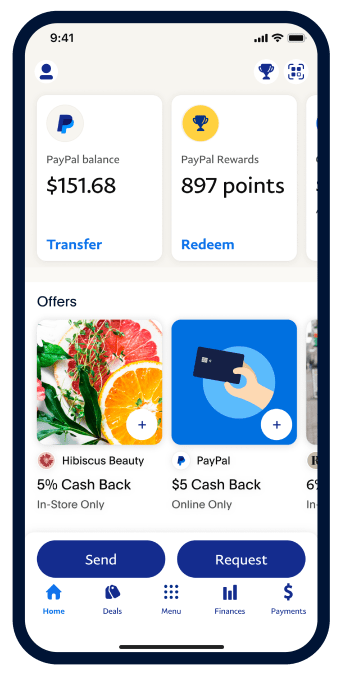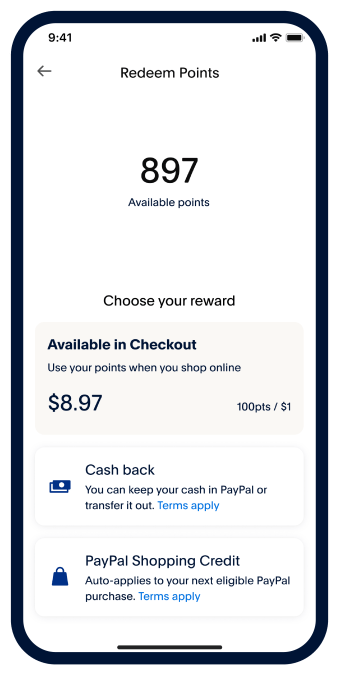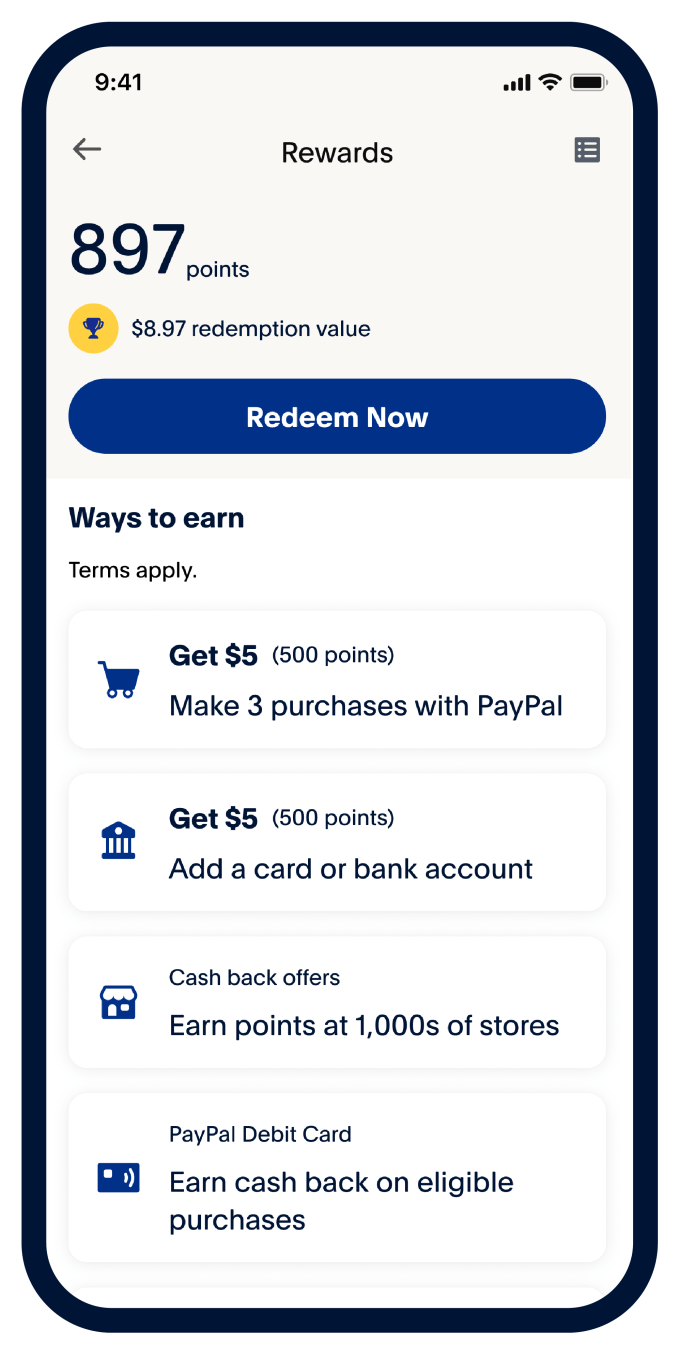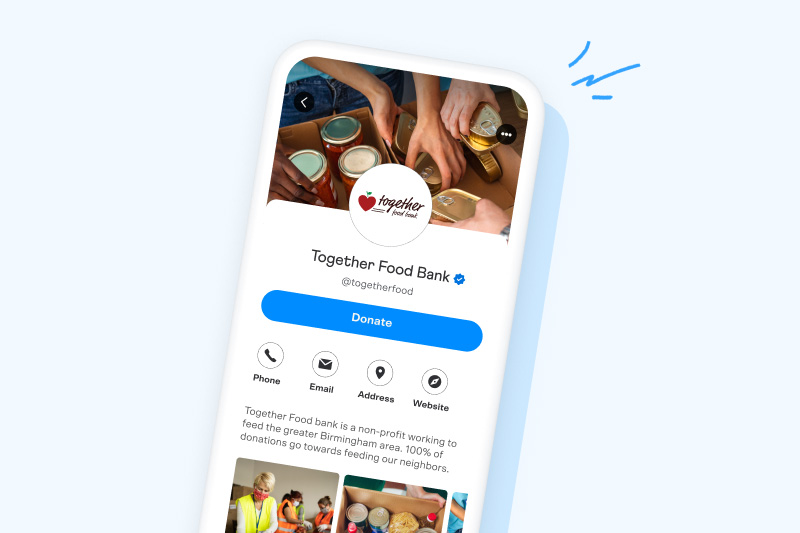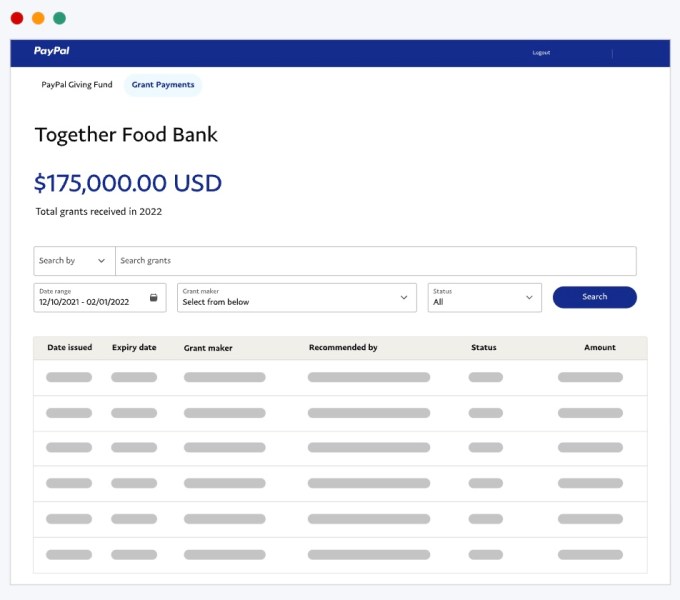In the past few months, both Stripe and Instacart have seen their internal valuations updated in a 409A appraisal process. The startups saw their valuations being slashed by 28% and 38%, respectively, as a result of the appraisals.
What do these re-pricings signal to other late-stage, pandemic-spurred startups? And how seriously should we be taking them? We spoke to Carta, AngelList, EquityZen and others to better understand the 409A process, and why tech companies might actually want a lower valuation in this moment.
What is a 409A?
409A appraisals have become commonplace throughout the tech industry since the Enron scandal, which sparked their creation. In response to some of Enron executives’ misdeeds, Congress passed Section 409A of the IRS tax code to govern how companies issue stock options to their employees.
While it’s not mandatory for companies to receive 409A appraisals, the IRS has made them all but compulsory for private, venture-backed companies, Kevin Swan, co-head of global private markets within Morgan Stanley’s workplace solutions division, told TechCrunch. Swan’s team regularly conducts 409A valuations for companies, in addition to providing services such as cap table management and startup compensation data.
The IRS advises companies to use a fairly determined reference valuation to assess a strike price for the restricted stock units (RSU) and options they grant to employees, Swan said. Put simply, a company can point to a 409A valuation and tell the IRS that someone else has made an assessment of what the common stock of a company is worth. If they don’t do this, the onus is on the startups to determine their own fair market value in case the IRS comes knocking.
While most public companies can just issue RSUs and options at a strike price equivalent to their share price at the time of issuance, private companies obviously don’t have public share prices they can reference to ensure their valuations are fair.
That’s where third-party 409A providers come in, Phil Haslett, founder and chief strategy officer of EquityZen, told TechCrunch. He said that nearly every tech company that has raised more than $5 million and has more than 10 employees will go through the 409A valuation process at least once a year.
Companies are also expected to seek a new 409A valuation whenever they suspect a material event may affect their value, such as raising a new funding round, making an acquisition or (ahem) weathering a significant market downturn. The cost of a new 409A figure can range from $1,000 if it’s a smaller startup or up to $20,000 if it’s a late-stage company.
It’s important to note, though, that 409A valuations are both completely separate and often quite different from the implied valuations determined by investors in a funding round. Although a funding round can prompt a company to seek a 409A assessment, the 409A valuation itself is conducted by a third-party firm akin to an auditor.
These firms usually consider different factors than what VCs look at. Founders basically argue that since investors are buying a different kind of stock, they are also buying into a different kind of valuation.
“I think the thing that a lot of companies won’t say out loud, but it’s generally known, is that 409A valuations almost always come out lower than recent funding round valuations,” Haslett said. In other words, the 409A is a conservative valuation, while an external valuation chosen by investors can be a little more lofty.
One reason for this discrepancy is that investors in startups get preferred stock. So, they tend to ascribe higher valuations to their portfolio companies than a 409A provider would, because common equity is typically valued at a discount to preferred stock until a company goes public. 409A valuations usually only impact the value of common stock, as repricing preferred shares as well in a 409A process is tedious and, therefore, relatively rare.
The second difference lies in the valuation techniques and underlying projections used in a 409A process.
When conducting a 409A valuation, a third-party firm will typically use two methods to discern how much a company is worth. The first is the comparable companies method, which looks at other industry players to determine an appropriate valuation multiple to apply to the business being assessed. It’s almost formulaic: 409A assessors will tell a startup what public market companies they look like, and the more mature the startup is, the higher the impact public stock prices can have on the startup’s valuation.
In Stripe’s case, the 28% valuation haircut is significant but is dwarfed by the declines some of its public peers have suffered. Block, formerly known as Square, is down nearly 80% from its 52-week high, while PayPal has seen its value retreat around the same amount in the period. Shopify’s stock price has declined around 82% compared to its 52-week high, and the list goes on.
“If you’re Stripe right now, I imagine a couple things happened,” Haslett said. “One thing is definitively true, which is that publicly traded fintech companies that are likely considered your peers or your competitors traded at much lower valuations than they used to. The second may be that you have revised your guidance upward or downward based on the new environment you’re in.”
The second method to determine a 409A is discounted cash flow valuation, Haslett explained. It’s a standard formula used by auditors and bankers to size up companies, but it isn’t always applicable to early-stage startups because it relies on cash flow projections, and many of these startups aren’t profitable.
What’s more, companies often intentionally provide a more measured set of projections to 409A auditors than they do to their investors. They do this so they can get the benefits of having a low 409A valuation. Although sending auditors and investors two different sets of financials is common practice, Swan noted that companies still need to walk the “tightrope” of sending auditors projections that are high enough not to set off red flags.
So, is having a low 409A valuation a good thing?
Yes. Especially for employees.
When a company’s valuation drops and the public gets wind of it, it’s usually perceived in a negative light. A valuation cut typically signals that either the company itself is struggling or that investors are pessimistic about market conditions. While those concerns tend to hold true for companies that see their valuations being slashed in funding rounds, they’re not always applicable to 409A valuation cuts, Haslett said.
In fact, many founders and industry experts see a company receiving a 409A valuation that’s lower than its investor-assigned valuation as a boon. That’s because a low 409A valuation allows companies to grant their employees stock options at a lower price. Companies can also use the new, lower 409A valuation as a recruiting tool, luring prospective employees with cheap options and the promise of cashing out at a higher price when the company eventually exits.
Sumukh Sridhara, head of founder products at AngelList, says companies view 409As as an “internal equity granting authorization mechanism, and not them thinking we’re worth less.”
“If those companies would have their way, they would argue that they are worth 5% of what their public market comps are. But they won’t really get away with that,” he said.
AngelList launched AngelList Stack last year, which offers a suite of founder-focused products, including a 409A valuation tool. Sridhara says that since most startups on AngelList skew early stage, “their argument is that their stock is worthless” so they can grant options and equity more efficiently.
Since 409As potentially help startups with recruiting and retention, an updated internal valuation could mean that a company is trying to sweeten the deal for future employees and is making moves to hire.
Sridhara provided the following example: If an employee is granted 100,000 units of stock, it’s in the employer’s best interest to make that stock look — to a 409A analyst — like it’s worth $1 instead of the $10 per share price that venture capital investors may have paid to get into the same company. If you can make the case that the shares are only worth 50 cents a share, employees’ cost to exercise those shares is now $50,000 instead of $100,000, so “it’s more advantageous for the employee, and they get a little more upside to their capital gains,” he added.
Companies can also go back and revise the strike prices they had assigned to already-issued options, according to Swan. He noted that while the process of getting these options repriced can be quite tedious from a cap table perspective, many companies choose to do so because it helps them retain employees in addition to attracting new ones.
The price of employee stock options matters, especially in an environment riddled with inflation, a down market and employment volatility. A quarter of American startup employees can’t afford to exercise their stock options, both because of financial risk of exercising and paying taxes, or because they can’t front the cash, according to an EquityBee survey from earlier this year.
“Employees and new hire offers are extremely sensitive to what the 409A is, because it determines how many shares they get,” Sridhara said. “If you’re out there in the market, and your valuation is $100 billion, but you can’t credibly convince existing or new employees, you end up being a little less well-positioned.”
Stock options can also have particularly acute effects on employees who are laid off from tech companies, according to Haslett. Any vested options typically expire within 90 days of a person leaving a company, whether they leave voluntarily or not. If an employee is forced to exercise their options when the 409A valuation is high, they’ll likely be on the hook for substantial capital gains taxes.
That’s partly why some companies will request a 409A appraisal before conducting a large round of layoffs, according to Haslett.
“The least you could do is update your 409A valuation before you can let all these people go so that their tax burden is a lot lower, and it makes it a little bit less difficult for them,” Haslett said, though he also noted that there are also many other reasons why a company would ask for a new appraisal.
For later-stage companies, especially those with a lot of secondary activity, 409As can get updated on a more frequent clip, either quarterly or monthly, instead of annually.
We’ll note that getting a lower 409A valuation isn’t always the result of a company playing offense. Instacart cut its own valuation in March, but months later, one of the company’s investors cut its valuation of the company even further. Stripe’s internal valuation cut comes after Fidelity cut its valuation of the fintech by over 35% this year.
Ultimately, companies seeing their 409A valuations go down are still reacting to adverse factors that are negatively impacting their business. Often, they will get a reappraisal to prevent their employees’ options from going completely underwater rather than to actively lure new talent.
Are Instacart and Stripe kicking off a trend?
Now that we understand the basics of 409As, the next logical question is if we’ll see more companies seek a 409A valuation repricing amid the downturn. Sridhara said that he’s seeing more founders turn to AngelList for help with reimagining their equity compensation structure.
“Companies do refreshes, whether they like it or not, because they have so much secondary market activity that their legal team will make them,” he said. “You need to be informed about your grants.”
It can get really complicated, too. Data from Carta shows that the number of companies not updating their expired 409As has increased. Chad Wilbur, VP of valuations at Carta, told TechCrunch that in May 2022, the number of companies expected to update their 409A due to an expiration was 19% lower than expected. In June, that number rose to 24%.
While Wilbur declined to comment on why Stripe and Instacart updated their 409As, he did say that many companies aren’t updating their 409A valuations “likely because things are so uncertain right now.” Also, because these internal evaluations result directly from companies granting options to employees, this inactivity in seeking 409A assessments may mean that fewer companies are actively hiring at the moment.
Meanwhile, Carta is advising customers to consider updating their 409A if one or more of the following is applicable:
- If the company raised capital in late 2021 or early 2022 — in favorable conditions that have since passed. “If a company raised capital during this period, it may be eligible for an equity adjustment that could potentially lower its valuation,” Carta says.
- If the company has made significant changes to their forecasts due to the “prolonged downturn.”
- If the company is considering raising capital in the foreseeable future.
- If the company is slowing down cash burn given the funding market. “If a company has less available cash, it may need to be reassessed for the risk associated with limited funding,” Wilbur wrote in an email.
- If the company is planning an exit in the next 12 months. “The road from private to public is taking a lot longer as the IPO market has slowed due to market volatility,” Wilbur wrote. “Companies likely need to revisit any assumptions made about the expected time to exit — especially if they operate in an industry that’s seen a significant decline in the public stock market, like technology.”
In other words, most companies — unless they are completely heads-down, bootstrapped, or have raised in 2020 and have no desire to raise again soon — should be rethinking their 409A valuations, according to Carta.
While the data doesn’t yet support a trend, EquityZen’s Haslett thinks that more startups will request appraisals in the future, hoping to take advantage of today’s market prices to land lower valuations.
“I think there’ll be less stigma around it soon. Employees, in particular, [will say] “Oh, yeah, this is better for me,'” Haslett said. “I feel like investors, if at first they got some sticker shock by seeing [the lower valuation], they’re going to be like, ‘Oh yeah, if public markets are down 40% or 60% or whatever, it’s not that surprising that the privately held companies that have similar profiles are down that much as well.'”
